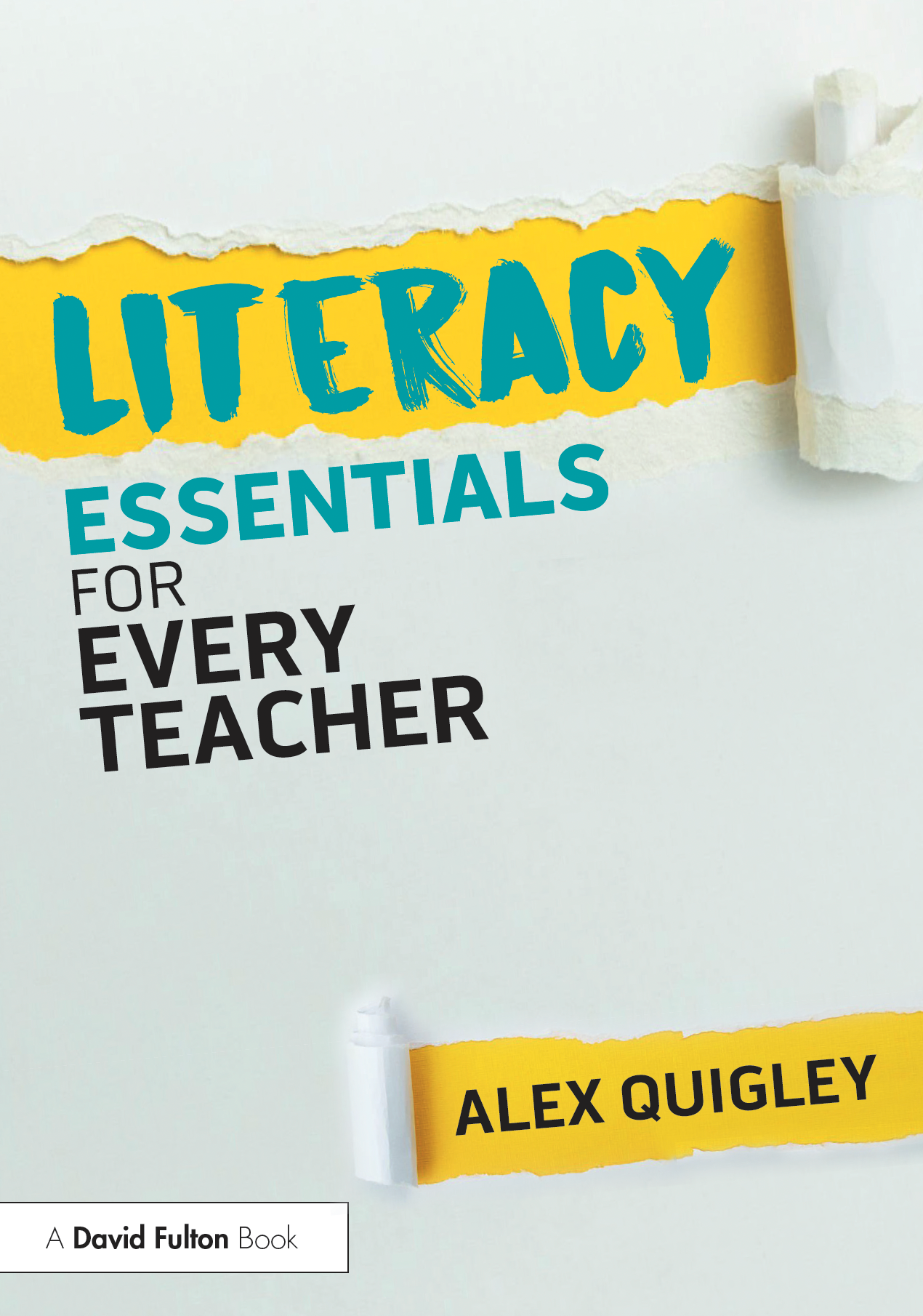Dyslexia is one of most common special needs that impacts learners in schools. It is an issue, and a label, that is well known, but probably less well understood. So, why are we misreading dyslexia and what can we do about it?
This crucial issue with reading words on the page accurately (along with related spelling issues) can prove hard to define. It is estimated that there are around 6 million people with dyslexia in the United Kingdom – around 10% of the population. However, we should be wary of such estimates, as they aren’t very accurate, and they are strongly contested too. Some researchers argue for something much lower, at around 4% (the likelihood of severe dyslexia is that is nearer the lower end of those estimates).
Of course, if we struggle to define these reading difficulties, then it is going to prove harder to diagnose and to support. New research from Durham University, entitled ‘Identifying students with dyslexia: exploration of current assessment methods’, how shown a worrying reality. A significant proportion of dyslexia professionals hold one or more misconceptions about dyslexia.
The research would indicate that we have too little shared basis of expertise for identifying dyslexia and even professional experts in the field fall for myths. Misconceptions like the false belief that children read letters in reverse (though there is some evidence the children can muddle up anagram words e.g., smile and slime; tried and tired) means that children may not be getting accurate diagnosis.
The evidence also showed a lot of variable use of dyslexia assessments. For example, some children didn’t meet the cut-off point, but contextual information could see the dyslexia label being issued regardless. Problematically, many well-meaning parents are shelling out a great deal of money to pay for such assessments.
Beyond dyslexia myths and misreadings
If experts in the field can misread the dyslexia diagnosis, and its basis, then how are busy teachers and leaders meant to deal with this complex challenge?
When you dig into the research evidence attending how you support a child labelled with dyslexia, you also recognise more misconceptions and misreadings. The very popular coloured overlays that are commonly used as a reasonable adjustment have little consistent evidence of effectiveness beyond proving to be a mild placebo. Not only that, the legion of special dyslexic fonts , and other seeming technology aids, have little evidence of effectiveness either.
It is vital to support pupils with such reading difficulties as early as possible, so we need a better shared definition, widespread understanding, and we need to bust dyslexia myths.
School teachers, leaders – and parents – should push for the following:
An improved shared definition of dyslexia – along with its causes, symptoms, and best evidenced supports.
Better validated and regulated assessments, including greater support to access such assessments.
Sustained and updated accreditation for reading and dyslexia experts.
Career long training for teachers and school leaders on reading development, common reading issues, and dyslexia.
A determined national focus on early language intervention. If you don’t address reading difficulties early, it can compromise a child’s education.
Ultimately, we cannot accept a situation where a serious national issue, affecting so many children, has so many issues that go unaddressed.
Related reading:
- My book, 'Closing the Reading Gap' has a chapter on reading issues - find it HERE.
- I have written about practical approaches to 'Making the difference for dyslexic pupils' HERE.
- Research on ‘Forty Years of Reading Intervention Research for Elementary Students with or at Risk for Dyslexia: A Systematic Review and Meta-analysis’ Hall et al. (2022), gives a helpful overview of dyslexia issues and interventions.






Comments